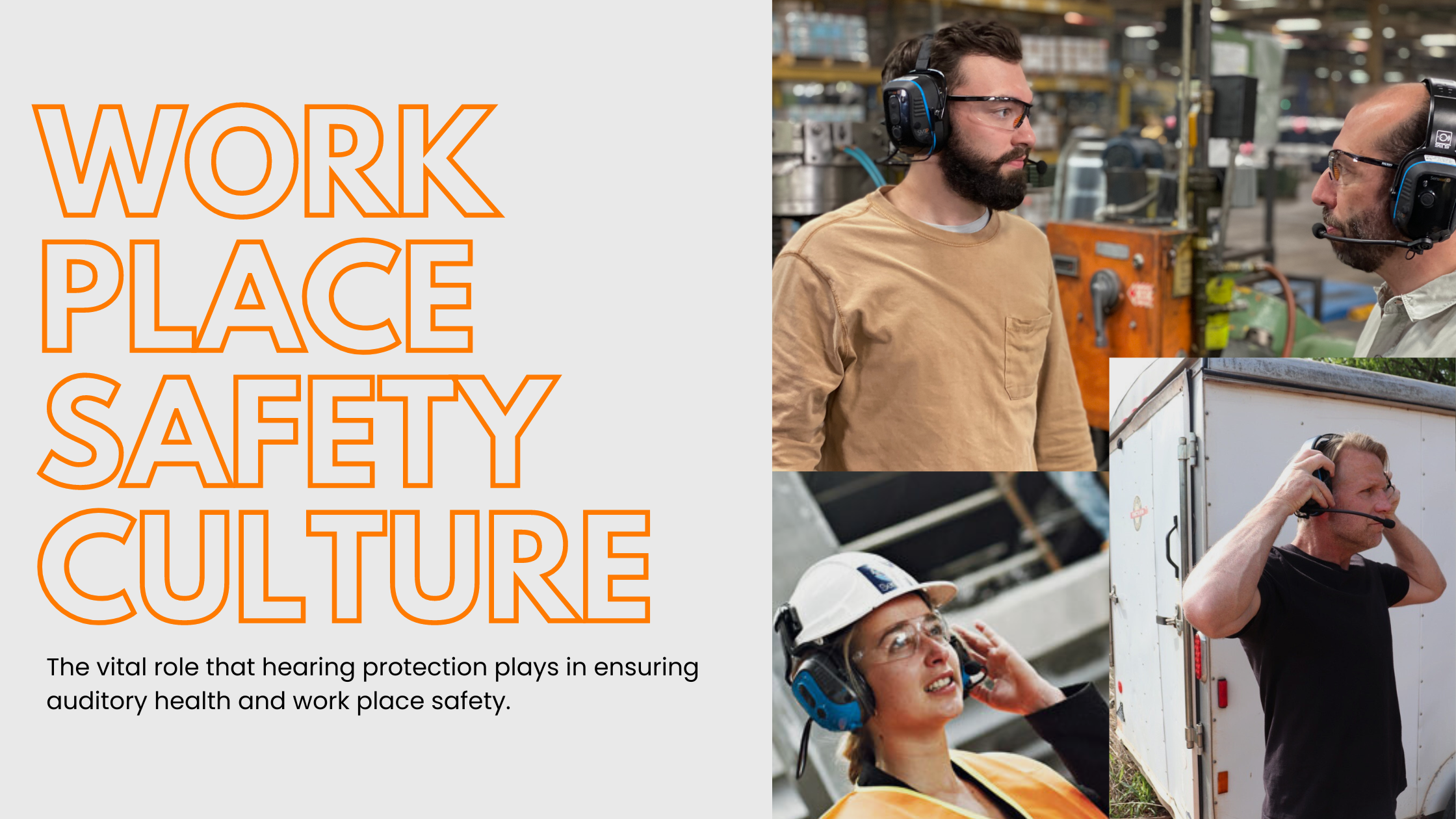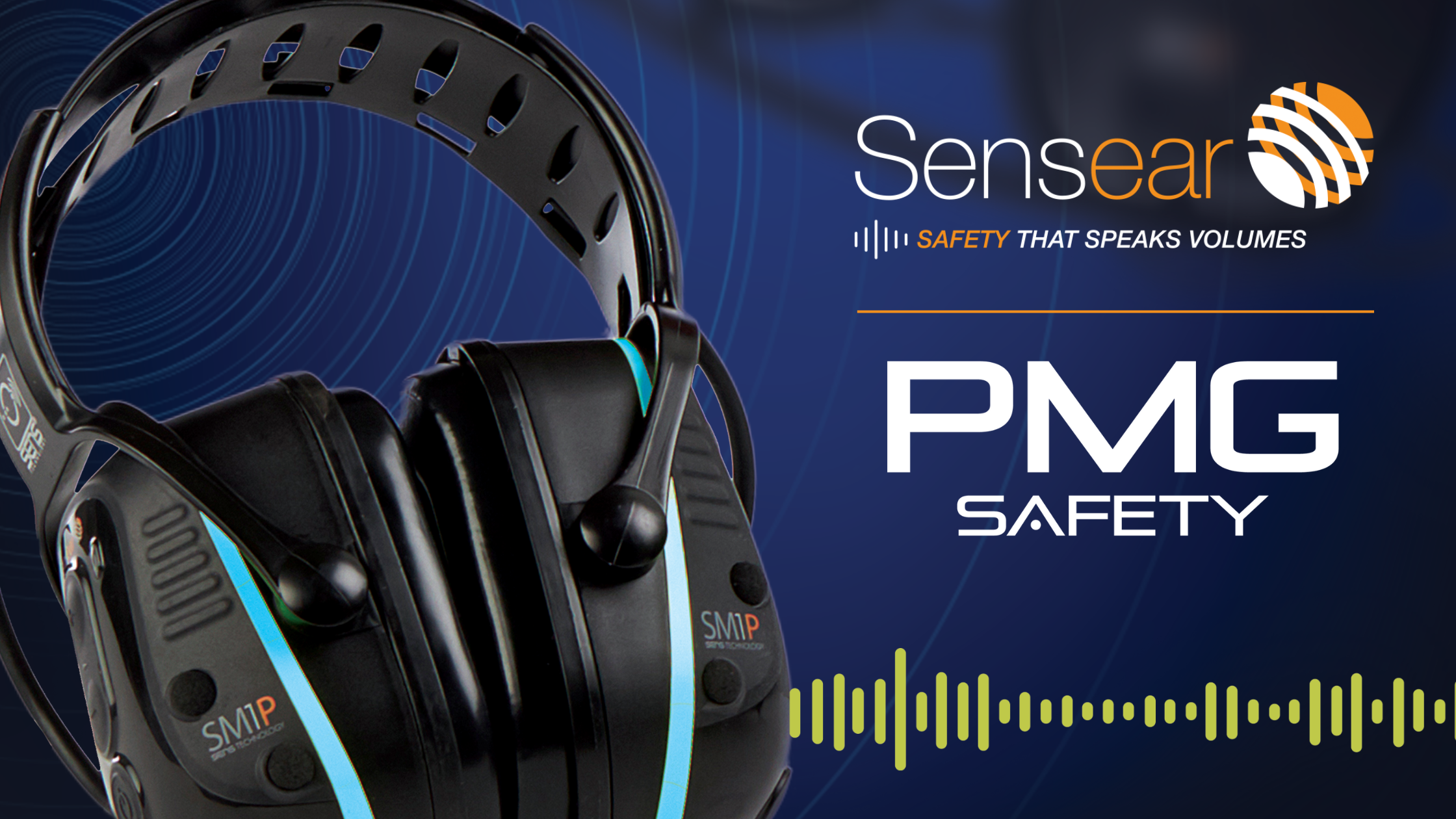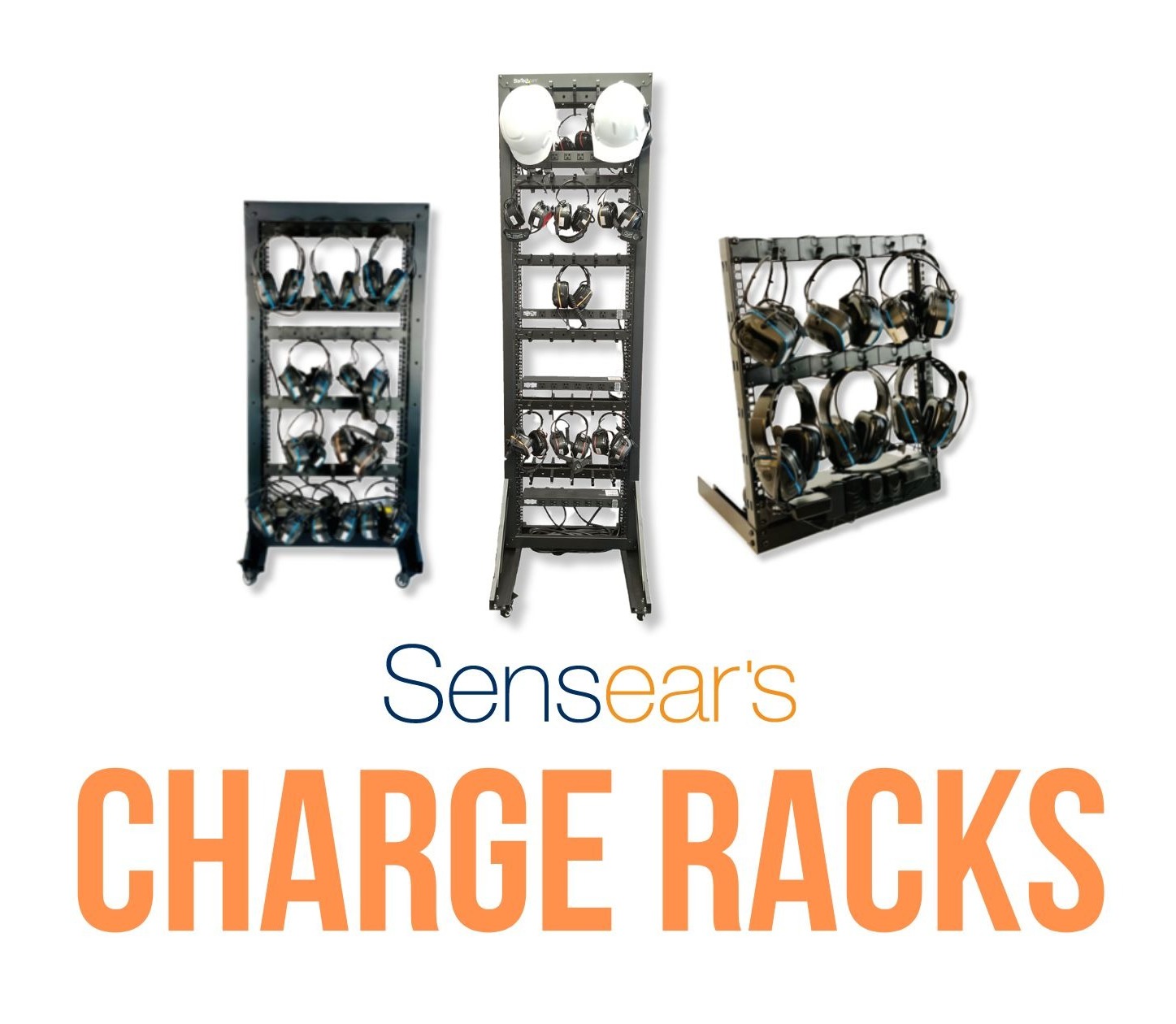 Everyone has heard the buzz about disposable products and the environmental concerns associated with the overuse of disposable products and tools on-the-job. However, many business owners may yet remain unconvinced. Some business owners may be wondering whether or not disposable hearing protection truly “costs” businesses in a way that creates a real-world impact on productivity and other important aspects of successful companies. To make a long story short, businesses want to know what the real cost of disposable hearing protection is - not just percentages and figures, but “big picture” impacts. Take a look at the information below to learn how disposable hearing protection affects productivity, creates danger for employee safety, and decreases chances of overall business success.
Everyone has heard the buzz about disposable products and the environmental concerns associated with the overuse of disposable products and tools on-the-job. However, many business owners may yet remain unconvinced. Some business owners may be wondering whether or not disposable hearing protection truly “costs” businesses in a way that creates a real-world impact on productivity and other important aspects of successful companies. To make a long story short, businesses want to know what the real cost of disposable hearing protection is - not just percentages and figures, but “big picture” impacts. Take a look at the information below to learn how disposable hearing protection affects productivity, creates danger for employee safety, and decreases chances of overall business success.
Productivity Problems
How in the world does disposable hearing protection make a dent in productivity? The claim may seem a little audacious at first glance, especially without facts to back it up; however, disposable hearing protection really does cause more downtime and to a lesser degree of productivity. One of the most common problems with disposable hearing protection involves the ease with which said hearing protection can become disengaged - often without the user’s knowledge or intention. Disposable earplugs, for example, often “pop out” unexpectedly, landing on the floor or even within machinery. Taking the time to find the dropped earplugs or pull out a pair of new ones costs productivity and efficiency greatly, especially considering the frequency with which this problem occurs.
If the dropped earplugs make their way into the machinery, you could be looking at downtime to remove the earplugs and/or to repair damage from stray devices becoming lodged in the equipment.
Employee Safety Concerns
Some companies boast that disposable hearing protection is just as effective as a quality headset; however, nothing could be further from the truth. Disposable hearing protection often becomes dislodged or loosened within the ear, creating a passage for harmful noise levels that may result in hearing damage or total deafness upon prolonged exposure. Obviously, the problem with earplugs “popping out” creates a hearing hazard as well. These hazards lead to other less obvious dangers, including health concerns about the psychological health of employees, or the risk of faulty machinery due to errant earplugs.
Costs
Although disposable earplugs may seem to be the cheapest alternative, consider the fact that an average user can go through 7-10 sets per day. With that in mind, the actual cost of these disposable earplugs may be closer to $300-$500 per year!
Let’s look at these costs in more depth:
| Disposable earplugs | Owned headset |
| $400/year | $500 one-time cost |
| x 3 years | + $100/year maintenance |
| x 3 years | |
| $1,200 Total Cost | $800 Total Cost |
Add on the cost of lost productivity to find and replace lost earplugs along with costs associated with shut-downs as a result of wayward earplugs, and the cost/benefits of more permanent – or “owned” – earplugs and headsets start to make much more sense.
Overall Professional Success
Given the arguments we have presented in this blog, disposable earplugs certainly appear to not be the wisest route. Unfortunately, popular brands offering disposable earplugs have not conducted enough relative scientific research in the area of hearing protection to guarantee user safety over long periods of time. Industry leaders, business owners, and employers who are interested in protecting employees, fostering a professional work environment, and enjoying an integrity-based success story may find that disposable earplugs are far from satisfactory.
Business owners are often surprised by the effect a small change can make on the overall success of a given company. Making the transition from disposable hearing protection to more permanent forms of hearing protection, for instance, has the potential to:
- Increase productivity
- Keep employees safe
- Create an atmosphere of professionalism
- Improve long-term costs
- Further the company’s commitment to environmental causes (see related blog article here)
We feel the above benefits are well worth the initial effort of transition.
For more information on how to switch from disposable to permanent forms of hearing protection, contact a high-noise communication specialist.
Follow Sensear and always be in the know.
Follow @HearSensear











